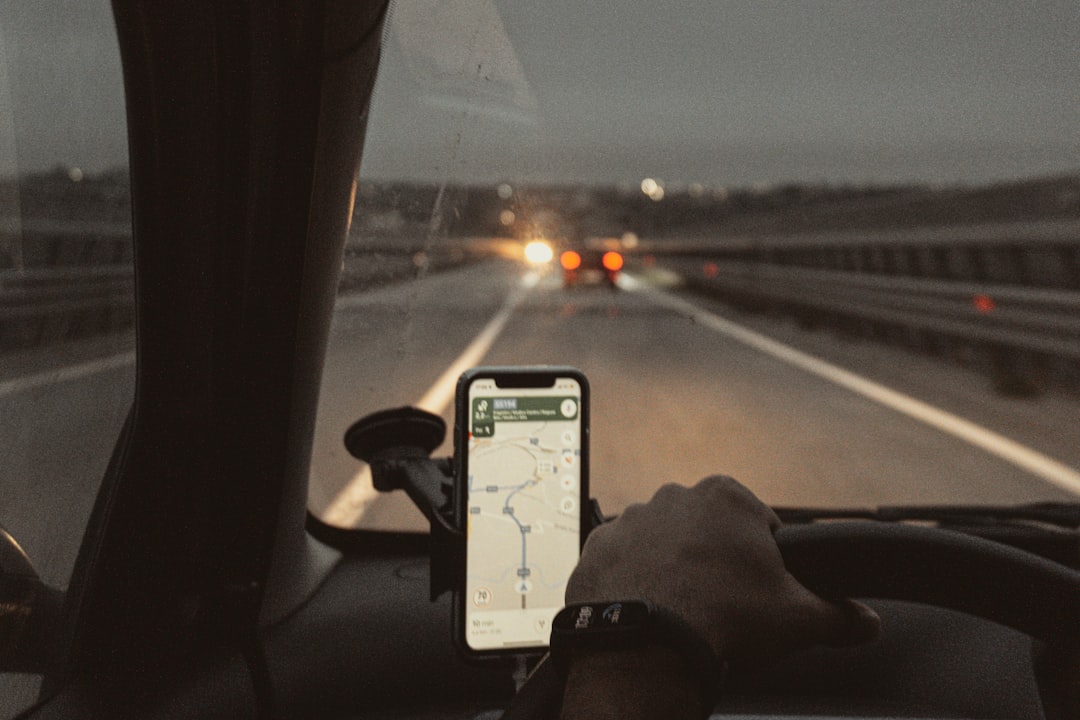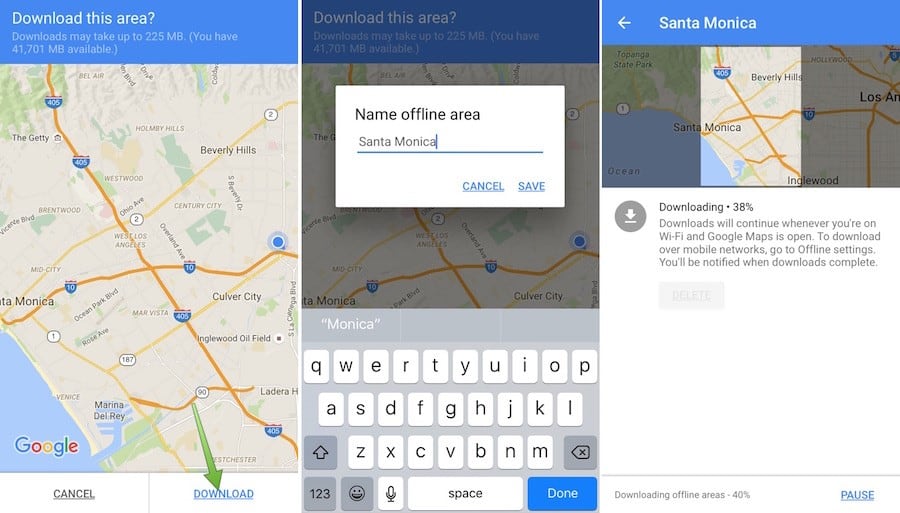In an era where smartphones and mobile connectivity have become an integral part of everyday life, Google Maps has emerged as one of the most indispensable tools for navigation and location-based services. Whether you’re commuting to work, exploring a new city, or simply finding the nearest coffee shop, Google Maps provides a wealth of real-time data to guide users. However, one frequently asked question remains: how much data does Google Maps actually use? Understanding the app’s data consumption is crucial, especially for those with limited mobile data plans or those traveling in areas with restricted data access.
Factors Influencing Google Maps Data Usage
The amount of data consumed by Google Maps is not fixed and can vary significantly depending on several key variables. The following factors primarily determine how much mobile data the app will use during navigation or general browsing:
- Type of Use: Data usage differs when simply browsing maps versus using real-time turn-by-turn navigation.
- Map View: Satellite view consumes more data compared to standard or terrain views due to the higher quality of the imagery.
- Update Frequency: Real-time updates like traffic conditions, rerouting, and live search suggestions utilize additional data.
- Zoom Level and Area: Zooming in and exploring a large area will increase downloaded map data as more detailed tiles are fetched.
Estimated Data Usage for Common Google Maps Activities
To provide a more tangible idea of what users can expect in terms of data consumption, here are some general estimations based on typical activities:
- Basic Map Browsing: Navigating around a map without active location tracking or directions uses approximately 2–5 MB per hour.
- Turn-by-Turn Navigation (Driving): Uses around 0.5–2 MB per minute, depending on traffic updates and route complexity. An hour-long trip may consume 30–120 MB.
- Walking or Cycling Navigation: Lighter than driving, usually consuming 0.3–1 MB per minute.
- Public Transit Navigation: Often involves searching for timetables and route options, using around 5–10 MB per trip.
- Satellite View Usage: Can increase data consumption to 10 MB or more per minute, especially with frequent panning and zooming.

How Offline Maps Can Help Limit Data Use
Google Maps offers an effective solution for those aiming to minimize mobile data use: the offline maps feature. Users can download certain regions or routes in advance, allowing full navigation capabilities without using cellular data. Here’s how offline maps benefit users:
- Zero Data for Navigation: Once the map area is downloaded, GPS will use zero mobile data during navigation within that region.
- Faster Loading: Offline maps improve loading time, especially in areas with poor signal strength.
- Customizable Area: Maps can be downloaded for either a small area or an entire city/region, offering greater flexibility.
However, not all features are available offline — for example, real-time traffic updates, live public transit schedules, and rerouting based on live conditions still require a data connection. Keeping this in mind, offline maps serve best for static navigation routes and planned travel.
Comparison With Other Navigation Apps
To put Google Maps’ data usage into context, it helps to compare it with other competing navigation apps:
- Apple Maps: Typically has similar data usage patterns as Google Maps but may vary slightly depending on device behavior.
- Waze: Uses slightly more data than Google Maps because of its heavier reliance on user-generated and real-time traffic data.
- HERE WeGo: Offers robust offline map capabilities and therefore can operate with significantly less data when set up correctly.
Ultimately, Google Maps strikes a balance between richness of feature and moderate data usage. For users seeking functionality like pedestrian routes, bike paths, and place reviews, the slight increase in data usage may be a worthy tradeoff.
Data Usage: Real-World Examples
To provide a better real-world perspective on data usage, here are a few sample scenarios:
- Daily Commute (30 minutes each way): With real-time updates, a round trip could consume between 30–50 MB daily.
- Weekend City Tour: A 3-hour walking tour with occasional zooming and place searches might use around 50–80 MB.
- Two-Week Road Trip (with offline maps): If regions are pre-downloaded, active usage might stay under 100 MB overall, limited to occasional data downloads for traffic or search functions.

Tips to Reduce Data Usage While Using Google Maps
For users who want to keep their data consumption in check, here are some helpful tips:
- Pre-download Offline Maps: Use Wi-Fi to save maps of your route or destination before starting your journey.
- Turn Off Satellite View: Stick to the default map view unless detailed imagery is essential.
- Use Airplane Mode with GPS On: After downloading maps, you can turn on airplane mode to prevent connectivity while keeping GPS active for navigation.
- Minimize Frequent Re-Routing: Stick to the original route unless necessary to avoid excessive data requests.
- Monitor App Permissions: Restrict background data usage to ensure the app doesn’t use mobile data unnecessarily.
Understanding GPS vs. Data
It’s a common misconception that GPS itself uses data. In reality, GPS on your device operates independently of mobile data networks. Google Maps uses data to download maps, live traffic information, location-based recommendations, and search functionalities, but the actual determination of your location on the map is powered by GPS satellites. Therefore, using offline maps combined with GPS allows for highly accurate navigation with little or no data use.
Final Thoughts: Is Google Maps Data Friendly?
In conclusion, Google Maps is reasonably efficient in its data usage, especially for users who follow best practices such as using offline maps and avoiding high-bandwidth features like satellite imagery. On average, the app will use between 30–150 MB per hour depending on the activity, which is modest compared to data-heavy apps like video streaming platforms.
For users on limited data plans or those traveling internationally, the ability to plan ahead by downloading maps and using data-saving techniques makes Google Maps a highly practical and reliable tool. With a robust balance of functionality, user-friendliness, and moderate data consumption, Google Maps continues to be the trusted choice for millions of navigators worldwide.